SDSS J1625+1203: A New SU Ursae Majoris Star In The Period Gap?
Dwarf novae are the cousins of the much fabled type Ia supernovae outbursts, minute in output: both involve white dwarfs (WDs) in binary systems. However, their natures couldn’t be further from each other. Type Ia supernovae represent the end states of electron degenerate matter pushed over the Chandrasekhar limit, either by accretion by a secondary companion or a total merger of two WDs. However, dwarf novae are something subtly, but altogether different.
As cataclysmic variables (CVs), dwarf novae represent thermal instabilities in the accretion disc that forms around a WD in binary typically with a low mass main sequence star as it’s companion. It’s main sequence companion loses material through the inner Lagrangian point, L1*, which, in the presence of a weakly-magnetic WD forms a disc of hydrogen gases: what is known as the accretion disc (Warner 1995, Hellier 2001).
N.B. For more information of Lagrangian points, see Paczynski, 1971 (Evolutionary Processes In Close Binary Systems).
One of the most intriguing classes of dwarf nova is the SU UMa type; its members have short orbital periods (less than 2.5 hours) and show two types of outbursts: normal outbursts (Warner 1985; Udalski 1992; Kato et al. 1995; Kato et al. 2009) and superoutbursts (Nogomi et al. 1997; Kato et al. 2003). Superoutbursts are typically about one magnitude brighter than normal outbursts, occur about ten times less frequently and display superhumps – characteristic tooth-shaped light modulations with a period a few percent longer than the orbital period of the binary.
All cataclysmic variables are noted to have a period, the time it takes for one complete revolution of the white dwarf and the companion star back to it’s original position. Think of these systems as a couple doing the Waltz. Most CVs have periods ranging from 16 hours to around 45 minutes (Ritter & Colb 1998). However, when they arrive at a period of ~3hrs there is a sharp and abrupt drop in the number of observed CVs, this drop (between periods of approximately 2-3 hours) is referred to as the period gap. The full understanding of the period gap remains as one of the unsolved problems in the evolution of CVs.

Fig.1: Diagram of the fractional period change ΔP/P versus the angular velocity Ω of the active component star for CV systems. The period gap is indicated by vertical dashed lines (Credit: Borges, B.W. et al. (2008) A Difference Between Systems Above & Below The Period Gap. Astronomy & Astrophysics, 480 (2) pp.481-487).
A typical dwarf nova starts its evolution as a binary system containing a ~0.6![]() white dwarf and 0.2-0.5
white dwarf and 0.2-0.5 main sequence secondary (Hellier 2001). Initially, the orbital period is
main sequence secondary (Hellier 2001). Initially, the orbital period is ![]() ~10 hours and this decreases due to angular momentum loss through magnetic braking via a magnetically constrained stellar wind from the donor star (Hameury et al. 1988, Howell et al. 1997, Kolb and Baraffe 1999, Barker and Kolb 2003). The CV then evolves towards shorter periods until the secondary becomes what is known as completely convective, the point at which magnetic braking greatly decreases.
~10 hours and this decreases due to angular momentum loss through magnetic braking via a magnetically constrained stellar wind from the donor star (Hameury et al. 1988, Howell et al. 1997, Kolb and Baraffe 1999, Barker and Kolb 2003). The CV then evolves towards shorter periods until the secondary becomes what is known as completely convective, the point at which magnetic braking greatly decreases.
This happens for an orbital period of around 3 hours. Mass transfer significantly diminishes and the secondary shrinks towards its equilibrium radius, well within its Roche lobe. Abrupt termination of magnetic braking at  ~3 h produces a sharp gap, between 2 and 3 hours, in the distribution of periods of dwarf novae. The binary reawakens as a CV at
~3 h produces a sharp gap, between 2 and 3 hours, in the distribution of periods of dwarf novae. The binary reawakens as a CV at ![]() ~2 h when mass transfer recommences. It is then driven mainly by angular momentum loss due to the phenomenon of gravitational radiation. The orbital period continues to decrease while mass transfer stays at an almost constant level.
~2 h when mass transfer recommences. It is then driven mainly by angular momentum loss due to the phenomenon of gravitational radiation. The orbital period continues to decrease while mass transfer stays at an almost constant level.
However, all this said and done, a limited number of binary systems have been observed in the period gap. Recent work by Olech et al. (2011) has added to this number by one. They found SDSS J1625+12 to have a ![]() of approximately 138.16 ± 0.02 minutes. However, these results pose a serious problem for both the thermal and tidal instability (TTI) models. So with every stone uncovered, a million bugs flitter out each bringing with them a new challenge to previous models and theories.
of approximately 138.16 ± 0.02 minutes. However, these results pose a serious problem for both the thermal and tidal instability (TTI) models. So with every stone uncovered, a million bugs flitter out each bringing with them a new challenge to previous models and theories.
It is clear therefore quite that observations of binary star systems located in the period gap are very important in understanding the exact mechanisms which spin-up and spin-down such CVs, and why these mechanisms appear to halt dead around the 2 to 3 hour mark. Thus, such systems are providing a challenge to our intellectual understand of astrophysics, specifically yielding a better understanding of the evolution of dwarf novae.
Journal References:
- Osaki, Y. (1989) A Model For The Superoutburst Phenomenon Of SU Ursae Majoris Stars. Publications Astronomical Society Japan, 41 (5) pp. 1005-1033.
- Hellier, C.; Naylor, T. (1998) On The Orbital Period Distribution Of Cataclysmic Variables. Monthly Notices Royal Astronomical Society: Letters, 295 (2) pp. L50-L52.
- Uemura, M. et al. (2004) A Deeply Eclipsing SU UMa-Type Dwarf Nova With The Shortest Orbital Period: XZ Eridani. Publications Astronomical Society Japan, 56 (1) pp.141-146.
- Kato, T. et al. (2010) Survey Of Period Variations Of Superhumps In SU UMa-Type Dwarf Novae. Publications Astronomical Society Japan, 62 (6) pp.1525-1584.
- Olech, A. et al. (2011) SDSS J162520.29+120308.7 – A New SU UMa Star In The Period Gap. Astronomy & Astrophysics, 532 Article I.D.: 64.
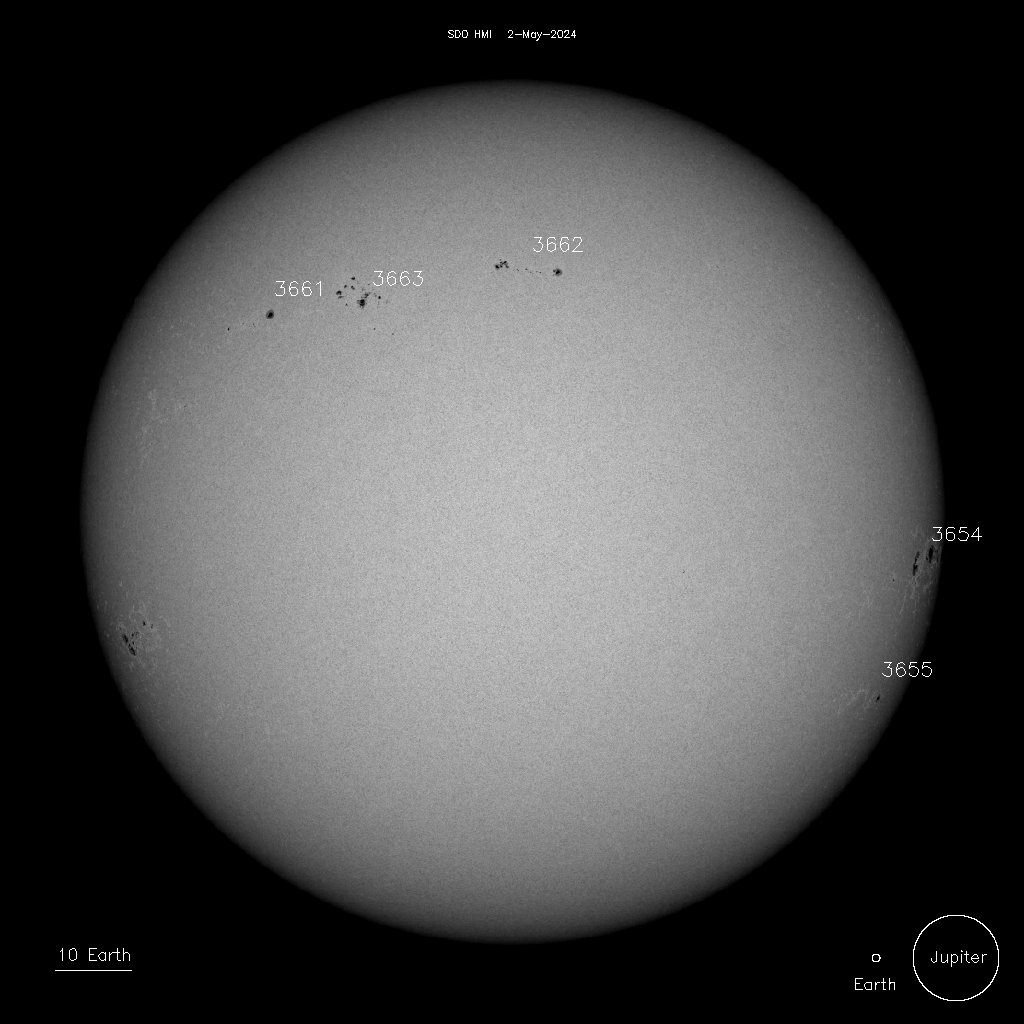
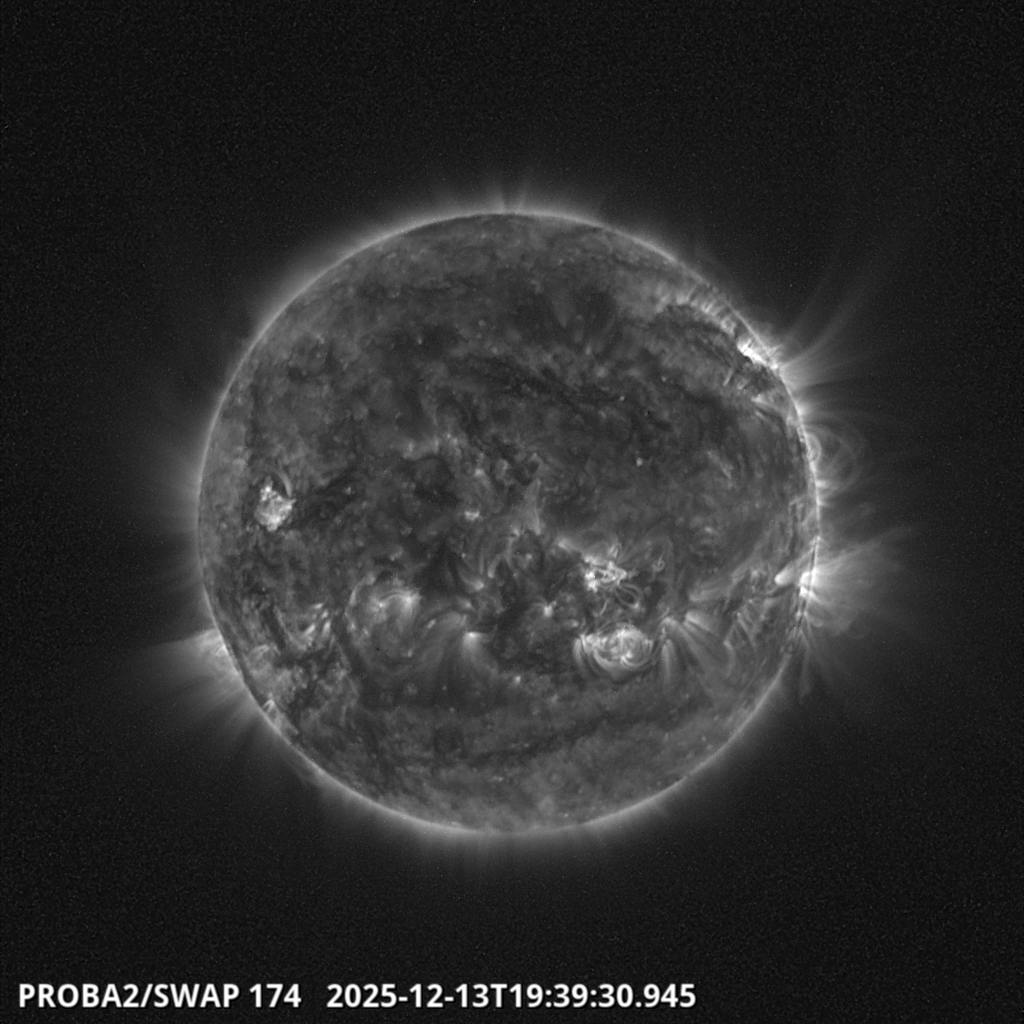

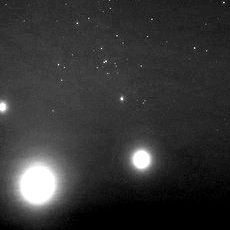


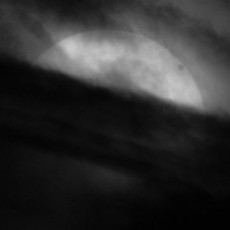
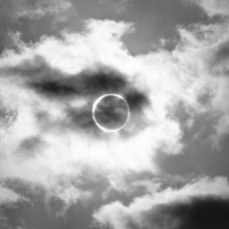







Comments are closed.